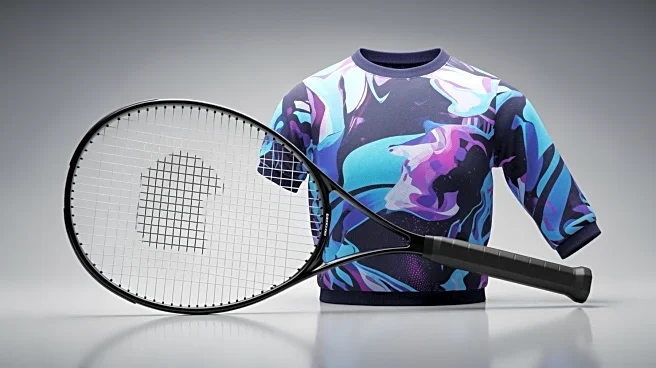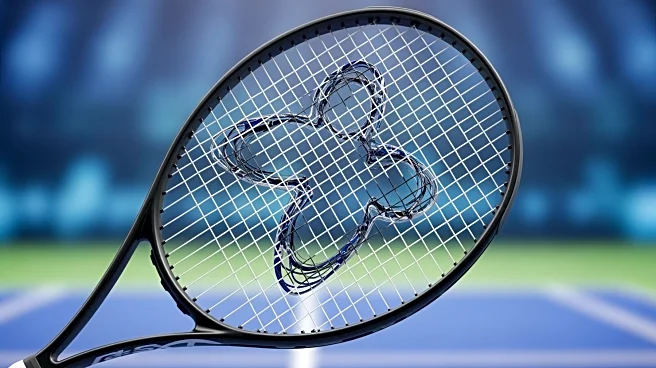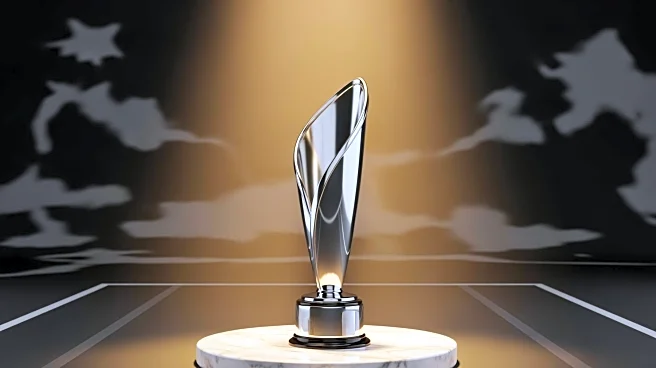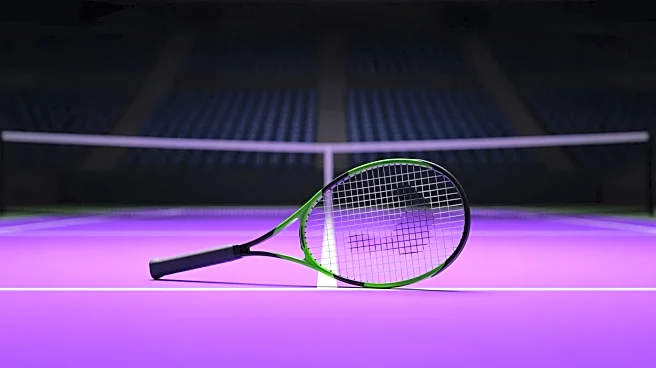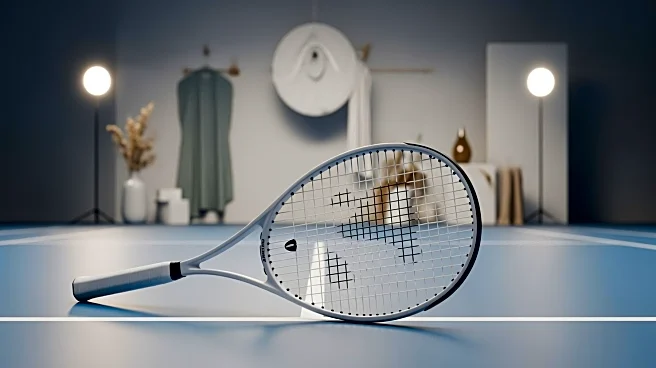What's Happening?
Aryna Sabalenka, the current World No. 1 in women's tennis, has expressed dissatisfaction with Nike's efforts in designing her on-court apparel. Despite finishing the season with a strong record of 63-12
and four singles titles, Sabalenka voiced her concerns during a post-match press conference after the 2025 WTA Finals. She noted that while her current dress was a collaborative effort with Nike, the upcoming season's apparel lacks creativity. Sabalenka hinted at potential improvements in 2027, suggesting that fans might need to pressure Nike for better designs. This sentiment contrasts with Naomi Osaka's excitement about her upcoming kits, as Osaka remains the only female tennis player with a signature Nike collection.
Why It's Important?
Sabalenka's critique highlights the importance of athlete-brand collaborations in sports marketing and apparel design. Nike's perceived lack of effort in promoting Sabalenka, compared to its past focus on stars like Rafael Nadal and Serena Williams, could impact its brand image and market positioning. As Sabalenka is one of the most-marketed female tennis players alongside Osaka and Qinwen Zheng, her dissatisfaction may influence consumer perceptions and sales. The situation underscores the need for brands to maintain strong relationships with top athletes to leverage their influence and ensure product appeal.
What's Next?
Sabalenka's comments may prompt Nike to reassess its approach to athlete apparel design and marketing strategies. With the off-season being less than two months long, there is an opportunity for Nike to address these concerns before the next major tournaments. Fans and stakeholders might expect Nike to enhance its creative efforts and promotional activities for Sabalenka's apparel. Additionally, Sabalenka's anticipation for 2027 suggests potential future collaborations or product launches that could redefine her on-court style and Nike's engagement with tennis audiences.
Beyond the Headlines
The situation raises broader questions about the role of athlete input in sports apparel design and the balance between brand identity and individual expression. Sabalenka's dissatisfaction could spark discussions on how brands can better integrate athlete feedback into their design processes. This development may also influence other athletes to voice their opinions, potentially leading to a shift in how sports apparel companies approach collaborations and product development.
